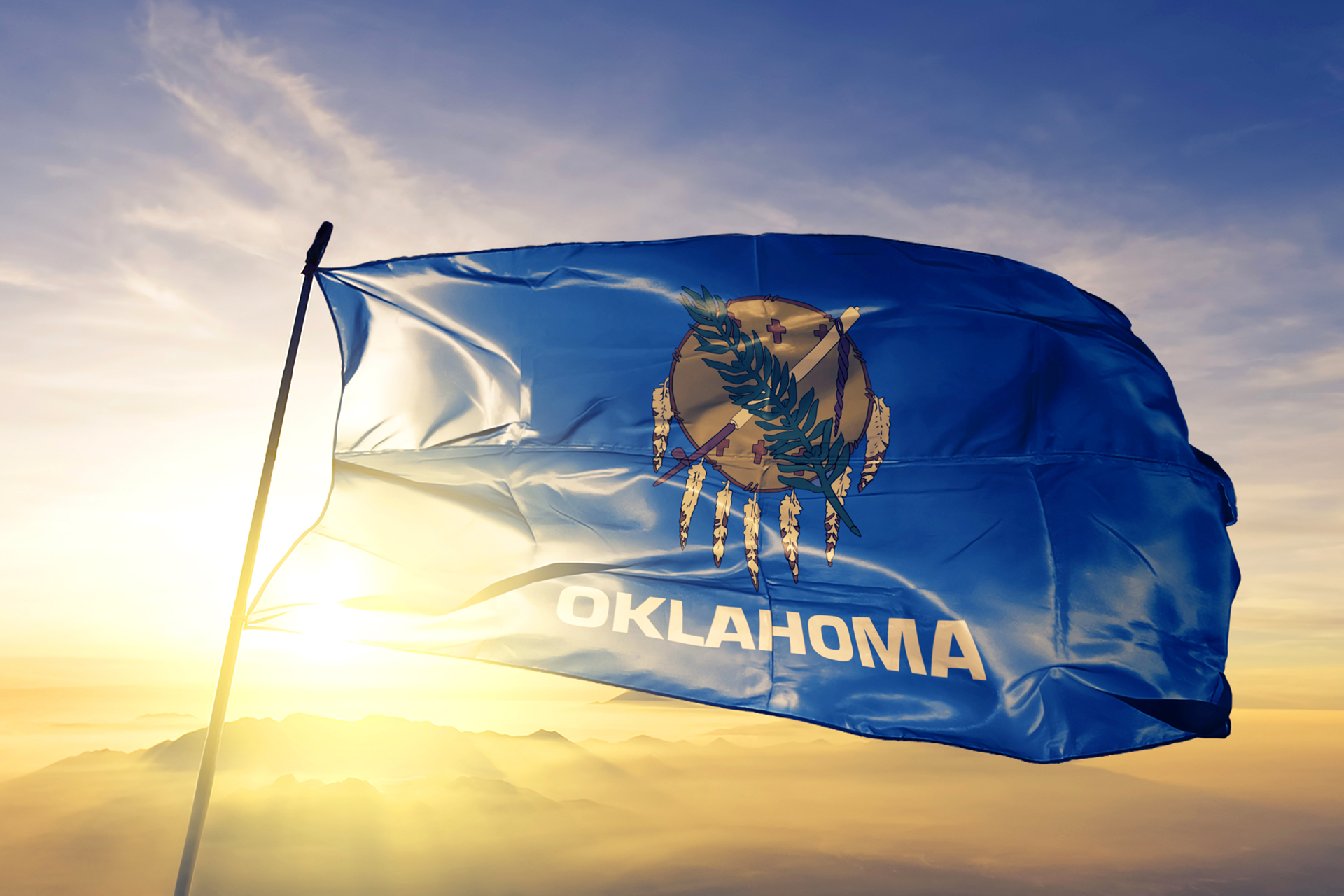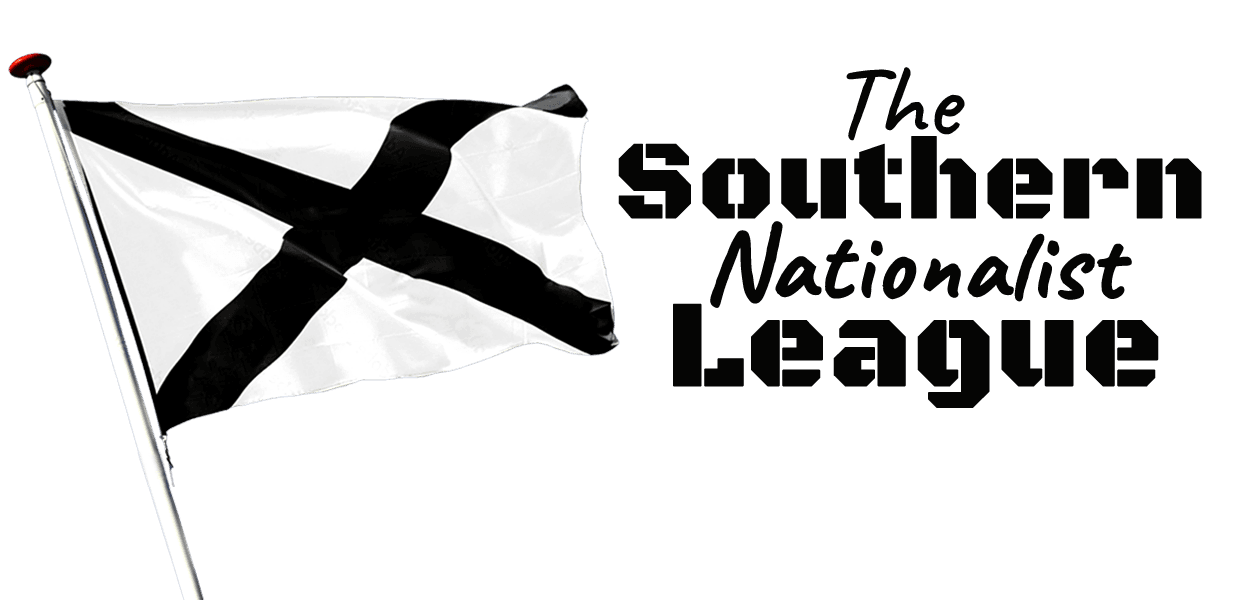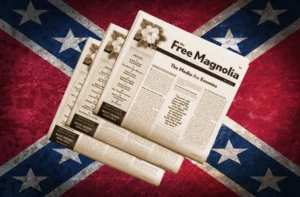The Oklahoma State Chapter

The Oklahoma State
Oklahoma is also known informally by its nickname, “The Sooner State”, in reference to the Sooners, American settlers who staked their claims in formerly American Indian-owned lands until the Indian Appropriations Act of 1889 authorized the Land Rush of 1889 opening the land to settlement.
A Red People State
Oklahoma is a landlocked state in the South Central region of the United States. It borders Texas to the south and west, Kansas to the north, Missouri to the northeast, Arkansas to the east, New Mexico to the west, and Colorado to the northwest. Partially in the western extreme of the Upland South, it is the 20th-most extensive and the 28th-most populous of the 50 United States. Its residents are known as Oklahomans and its capital and largest city is Oklahoma City. The state’s name is derived from the Choctaw words okla, ‘people’ and humma, which translates as ‘red’
An Indigenous Population
With ancient mountain ranges, prairie, mesas, and eastern forests, most of Oklahoma lies in the Great Plains, Cross Timbers, and the U.S. Interior Highlands, all regions prone to severe weather. Oklahoma is at a confluence of three major American cultural regions. Historically, it served as a government-sanctioned territory for American Indians moved from east of the Mississippi River, a route for cattle drives from Texas and related regions, and a destination for Southern settlers. There are currently 26 Indigenous languages spoken in Oklahoma. According to the 2020 U.S. census, 14.2 percent of Oklahomans identify as American Indians, the highest indigenous population by percentage in any state.
A major producer of natural gas, oil, and agricultural products, Oklahoma relies on an economic base of aviation, energy, telecommunications, and biotechnology. Oklahoma City and Tulsa serve as Oklahoma’s primary economic anchors, with nearly two-thirds of Oklahomans living within their metropolitan statistical areas.
Race and Ethnicity
As with majority of the U.S., Oklahoma has experienced diversification since the beginning of the 21st century; in 1940, 90.1% of the state’s population was non-Hispanic White; in 2020, 75.5% of the population was White, down from 1990’s 81% yet up from 2010’s 72.2%. Among its population at the 2020 census, the remainder of its increasingly diverse population was 11.9% Hispanic or Latino of any race, 16% American Indian and Alaska Native, 9.7% Black or African American, 3.1% Asian, 0.4% Native Hawaiian and other Pacific Islander, and 9% some other race. According to the 2010 census, 8.6% were American Indian and Alaska Native, 7.4% Black or African American, 1.7% Asian, 0.1% Native Hawaiian and other Pacific Islander, 4.1% from some other race and 5.9% of two or more races; 8.9% of Oklahoma’s population were of Hispanic, Latino, or Spanish origin (they may be of any race).
Economy
Oklahoma is host to a diverse range of sectors including aviation, energy, transportation equipment, food processing, electronics, and telecommunications. Oklahoma is an important producer of natural gas, aircraft, and food. The state ranks third in the nation for production of natural gas, is the 27th-most agriculturally productive state, and also ranks 5th in production of wheat. Four Fortune 500 companies and six Fortune 1000 companies are headquartered in Oklahoma, and it has been rated one of the most business-friendly states in the nation, with the 7th-lowest tax burden in 2007.
- Total employment (2018): 1,385,228
- Number of employer establishments: 93,561
In 2010, Oklahoma City-based Love’s Travel Stops & Country Stores ranked 18th on the Forbes list of largest private companies, Tulsa-based QuikTrip ranked 37th, and Oklahoma City-based Hobby Lobby ranked 198th in 2010 report.
Oklahoma’s gross domestic product was $254.13 billion in 2023. The state had a per capita income of $58,499 in 2023, which ranked 43rd in the U.S., and its median household income ranked 46th at $59,673. Additionally, Oklahoma ranks consistently among the lowest states in cost of living index.
Though oil has historically dominated the state’s economy, a collapse in the energy industry during the 1980s led to the loss of nearly 90,000 energy-related jobs between 1980 and 2000, severely damaging the local economy. Oil accounted for 35 billion dollars in Oklahoma’s economy in 2007, and employment in the state’s oil industry was outpaced by five other industries in 2007. As of September 2020, the state’s unemployment rate was 5.3%.
The Southern Culture
Oklahoma is placed in the South by the United States Census Bureau, but other definitions place the state at least partly in the Southwest, Midwest, Upland South, and Great Plains. Oklahomans have a high rate of English, Scotch-Irish, German, and Native American ancestry, with 25 different Indigenous languages spoken in the state.
Because many American Indians were forced to move to Indian territory (modern day Oklahoma) when American settlement within North America had increased, Oklahoma has much linguistic diversity. Mary Linn, an associate professor of anthropology at the University of Oklahoma and the associate curator of Native American languages at the Sam Noble Museum, notes Oklahoma also has high levels of language endangerment.
Sixty-seven Native American tribes and bands are represented in Oklahoma, including 38 federally recognized tribes, who are headquartered and have tribal jurisdictional areas or Indian reservations in the state. Native American tribes, Western ranchers, Southern settlers, and Eastern oil barons have shaped the state’s cultural predisposition, and its largest cities have been named among the most underrated cultural destinations in the United States.
Residents of Oklahoma are associated with traits of Southern hospitality—the 2006 Catalogue for Philanthropy (with data from 2004) ranks Oklahomans 7th in the nation for overall generosity. The state has also been associated with a negative cultural stereotype first popularized by John Steinbeck’s 1939 novel The Grapes of Wrath, which described the plight of uneducated, poverty-stricken Dust Bowl-era farmers deemed “Okies”. While the term is often used in a positive manner by Oklahomans, it is still considered a derogatory term by many.


